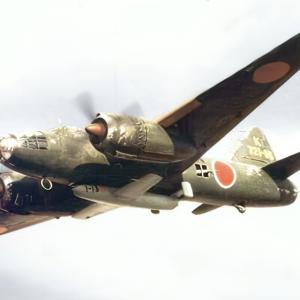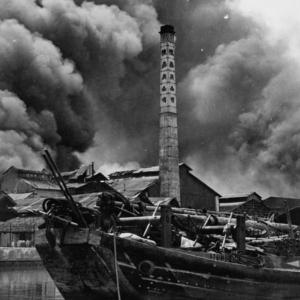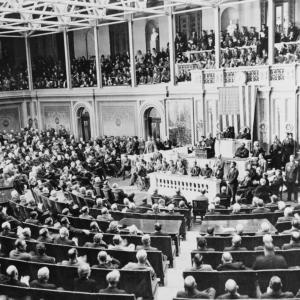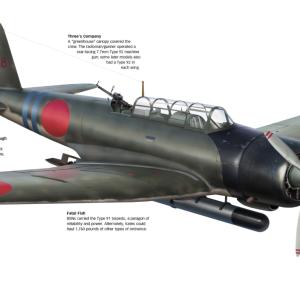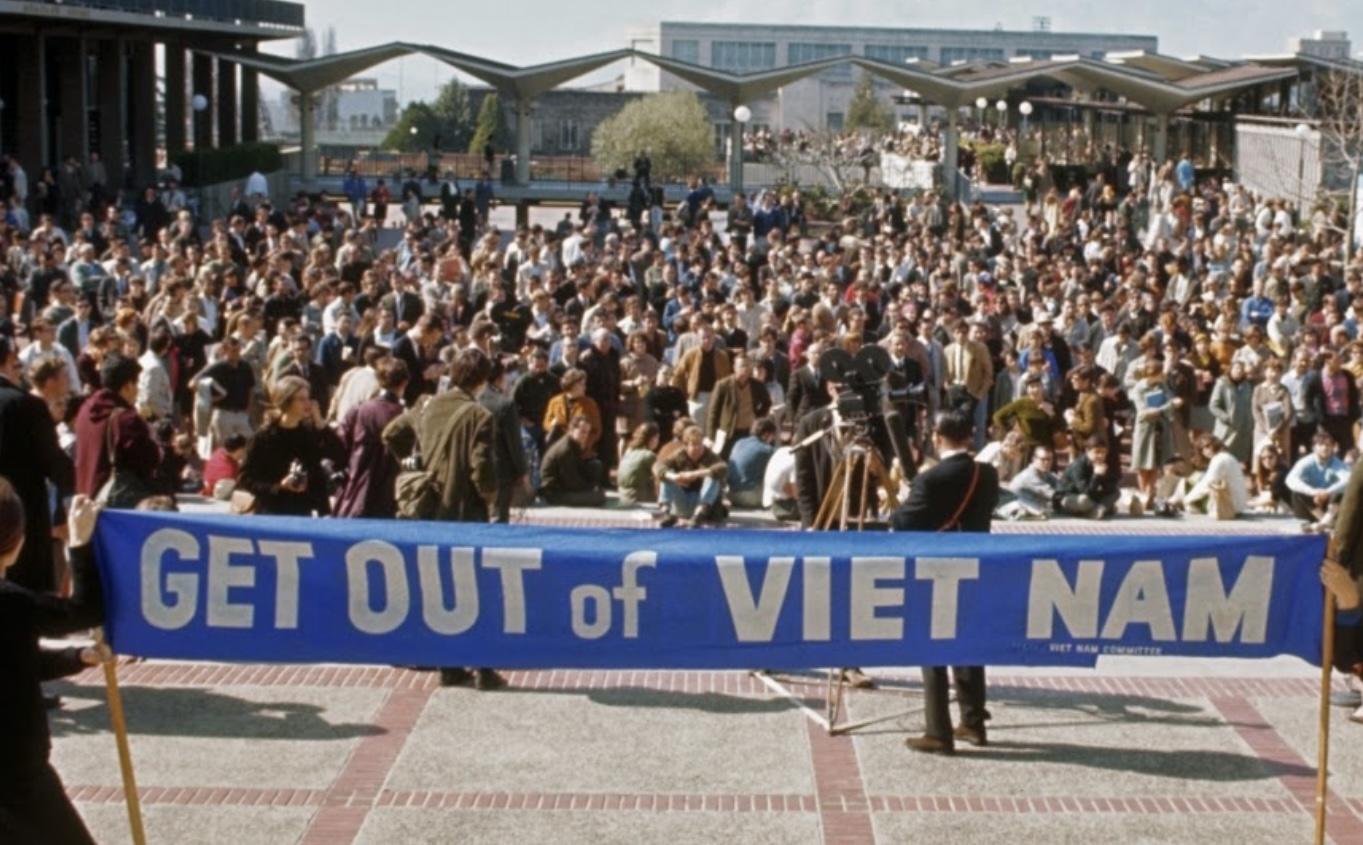
On this day in military history…
On October 15, 1969, the United States witnessed one of the largest nationwide protests in its history. Known as the "Moratorium to End the War in Vietnam," this event saw millions of Americans from all walks of life take to the streets in over 40 cities across the country. The aim was singular and powerful: to demand an end to the ongoing and increasingly unpopular Vietnam War. The moratorium represented a turning point in public opposition to the war, revealing the depth of discontent and the broad-based desire for change.
The idea for the moratorium was conceived by Jerome Grossman and David Hawk, and was later brought to life through the efforts of activists like Sam Brown, David Mixner, and Marge Sklencar. These organizers envisioned a peaceful, mass mobilization that would cross political, generational, and geographic lines. Unlike earlier, more radical protests, the moratorium was designed to be inclusive, appealing to mainstream Americans—students, clergy, teachers, workers, and even veterans—who were increasingly questioning the war's purpose and human cost.
Participation exceeded all expectations. Estimates suggest that more than two million people took part in various forms of protest throughout the country. In Washington, D.C., over 100,000 demonstrators gathered peacefully. In New York City, tens of thousands marched down Fifth Avenue. Boston saw nearly 100,000 people rally on Boston Common. Smaller towns and college campuses also saw significant participation, with many schools suspending classes for the day in solidarity. Candlelight vigils, teach-ins, and silent prayers added a solemn and unified tone to the events. The moratorium was not a chaotic uprising, but a disciplined and heartfelt expression of democratic resistance.
Political reaction to the moratorium was mixed but telling. While President Richard Nixon refused to acknowledge the protesters publicly and famously declared he would not be swayed by public demonstrations, the sheer size and tone of the protests sent a strong message to lawmakers and political observers. Many members of Congress, especially Democrats and a growing number of moderate Republicans, began to distance themselves from the war. Senator George McGovern of South Dakota, a vocal critic of the war, openly supported the moratorium, as did Senator Edward Kennedy and others who increasingly viewed the war as a moral and strategic failure. Behind the scenes, even within the Nixon administration, the protests sparked concern about the growing divide between the government and the governed.
Despite Nixon’s outward defiance, the moratorium had a real impact. It marked a significant shift in public sentiment and legitimized antiwar activism in the eyes of many Americans. The protest showed that opposition to the war was no longer limited to the young or the radical—it had moved into the mainstream. Subsequent protests, including the massive Moratorium Day of November 15, 1969, and the hard-hitting Winter Soldier Investigation in 1971, built on this momentum.
In the years that followed, the war continued, but the pressure on policymakers increased. Congress began to limit funding and passed measures aimed at reducing U.S. involvement. Public support for the war steadily declined, and by 1973, direct U.S. military involvement in Vietnam had ended. Two years later, the war itself came to a close with the fall of Saigon.
The October 15 moratorium remains a powerful example of how collective action can influence national policy. It demonstrated that peaceful protest, when organized broadly and strategically, could resonate deeply across the political spectrum. While it did not bring an immediate end to the Vietnam War, it played a critical role in shifting the narrative and building the pressure that would eventually lead to the war’s conclusion.


